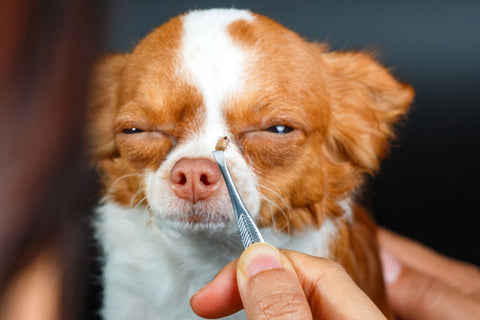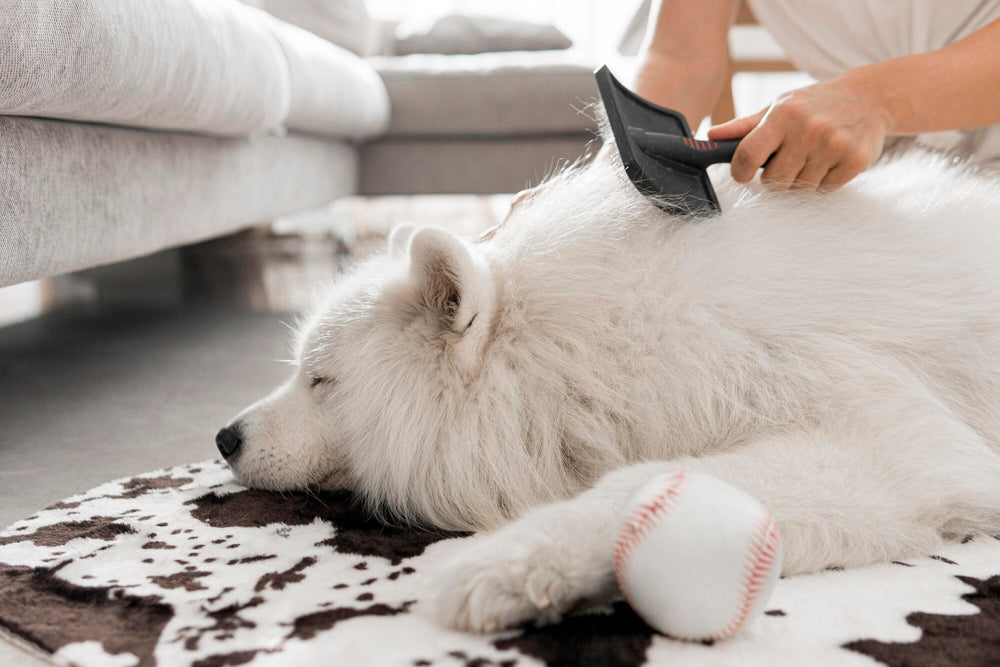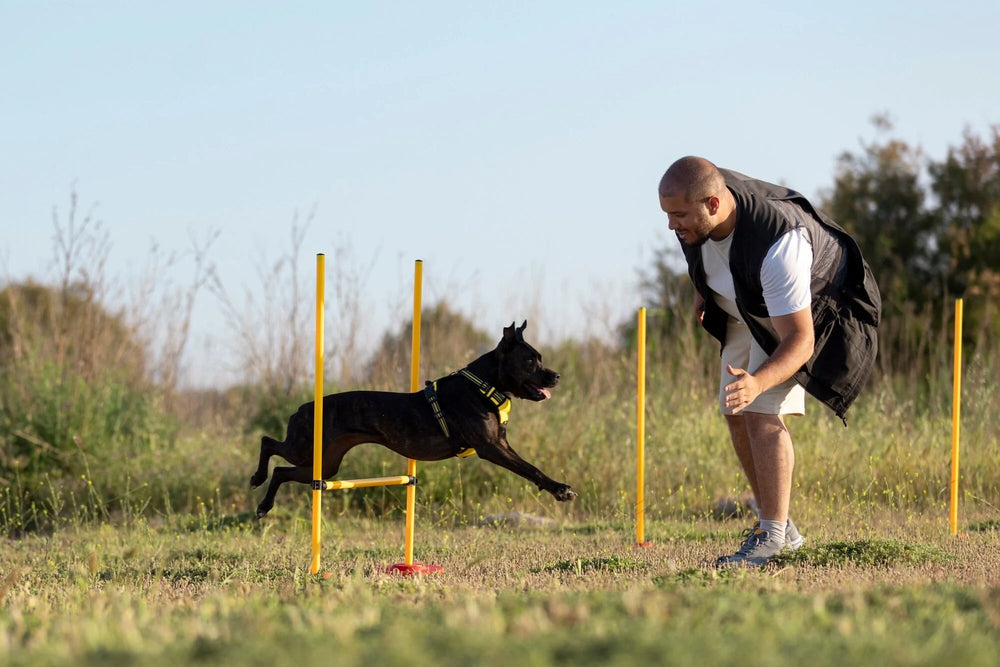Ticks and fleas can transmit diseases and cause discomfort for your furry friend. Many of these diseases can kill pets. A combination of preventive measures and regular checks will help keep your dog tick and flea-free.
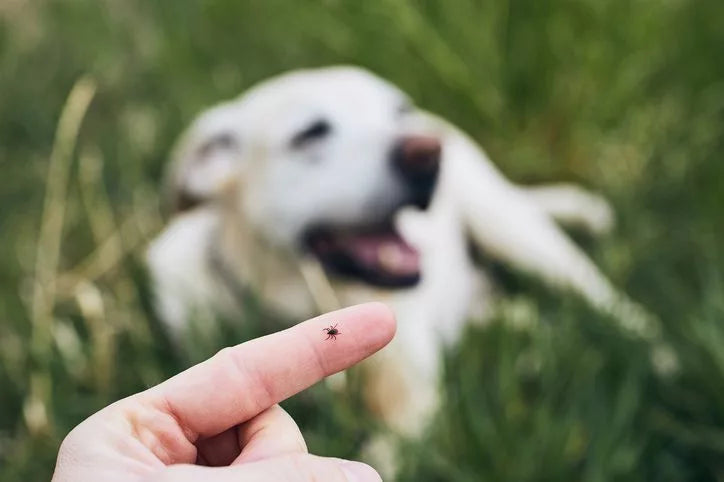
How to cure and prevent ticks & fleas infestation on your pet dog?
Preventing and removing ticks and fleas from dogs is an important part of maintaining their health and comfort. Ticks and fleas can transmit diseases and cause discomfort for your furry friend. Fleas also commonly transmit tapeworms to our pets, at least one species. With ticks, there are a dozen to 15 or more tick-transmitted diseases that our pets get from ticks. There's Lyme disease, Rocky Mountain spotted fever, tularemia, ehrlichiosis, and more. Many of these diseases can kill pets.
Here are some steps you can take to prevent and remove ticks and fleas from your dog:
Prevention:
1. Regular Grooming: Brush your dog's coat regularly. This helps in detecting ticks and fleas early and also removes dirt and debris that might attract them.
2. Use Tick and Flea Preventatives: Consult an expert for suitable tick and flea prevention products. These can include topical treatments, oral medications, collars, and sprays. These products can help repel and kill ticks and fleas at various stages of their life cycle. However, stay away from products which include pesticides. These can leave your dog itching and uncomfortable. The best way to identify such products is to read the labels and see if they are not lick-safe.
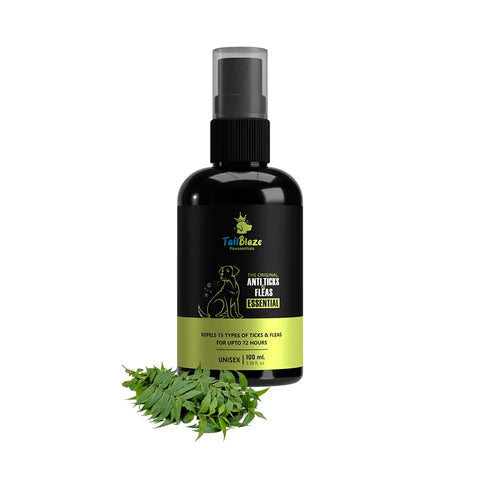
3. Keep the Environment Clean: Regularly vacuum your home, especially areas where your dog spends time. Wash your dog's bedding and toys frequently in hot water to kill any hidden pests. This reduces the chances of infestations in your home.
4. Avoid High-Risk Areas: If you live in an area with a high tick or flea population, try to avoid areas with tall grass and dense vegetation when walking your dog.
Tick and Flea Removal:
1. Regular Inspections: Thoroughly check your dog for ticks and fleas after spending time outdoors, especially in wooded or grassy areas. Pay close attention to areas like the ears, neck, armpits, and belly.
2. Use Tweezers for Ticks: If you find a tick on your dog, use fine-tipped tweezers to grasp the tick as close to the skin's surface as possible. Gently pull upward with steady, even pressure. Avoid twisting or jerking, as this could cause the mouthparts to break off and remain in the skin.
3. Tick Removal Tools: There are also specialized tick removal tools available that can make the process easier and more effective.
4. Dispose Properly: After removing a tick, place it in a container with rubbing alcohol to kill it. Clean the bite area and your hands with antiseptic.
5. Bathing and Grooming: Regular bathing with a mild dog shampoo can help remove and drown fleas. Use a flea comb to physically remove fleas from your dog's coat.
6. Consult a Veterinarian: If you're unsure about proper removal or if your dog is having adverse reactions to tick or flea bites, consult your veterinarian for guidance and potential treatment.
Remember that consistent prevention is key to avoiding infestations. A combination of preventive measures and regular checks will help keep your dog tick and flea-free. Hence I personally recommend the Pawssentials Anti Tick & Flea Essential by TailBlaze which repels 15 types of ticks & fleas right after the first spray. It is also lick-safe and the only product which gives a claimed 72 hour protection against these nasty hitchhikers.
Remember, prevention is always better than cure.
Chetan K. (Research Scientist & Expert at Greenphyll Beauty Science)


